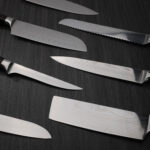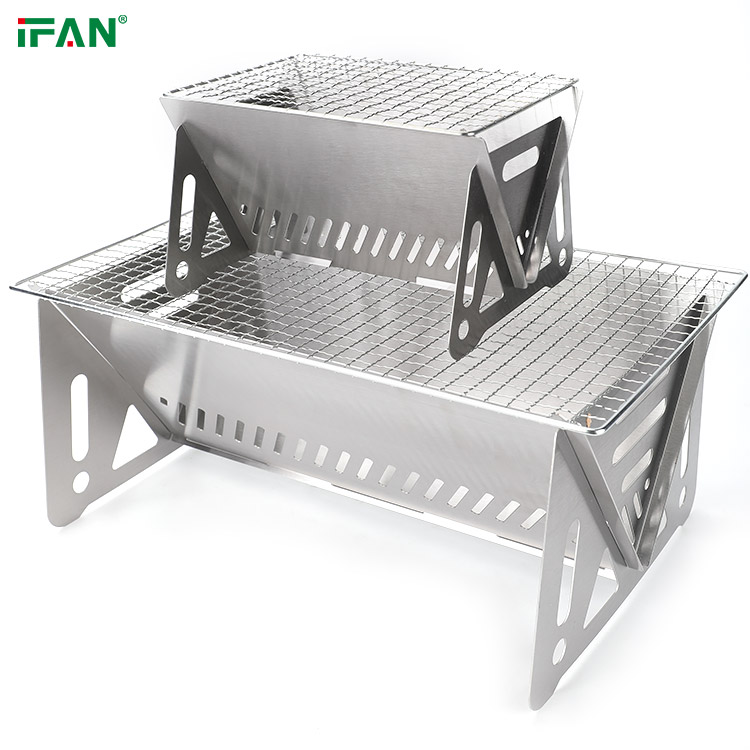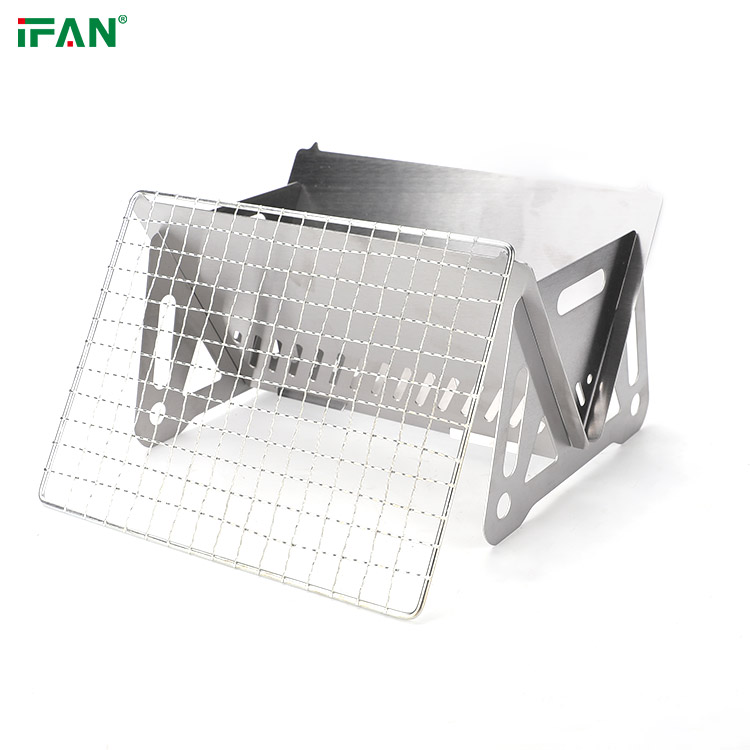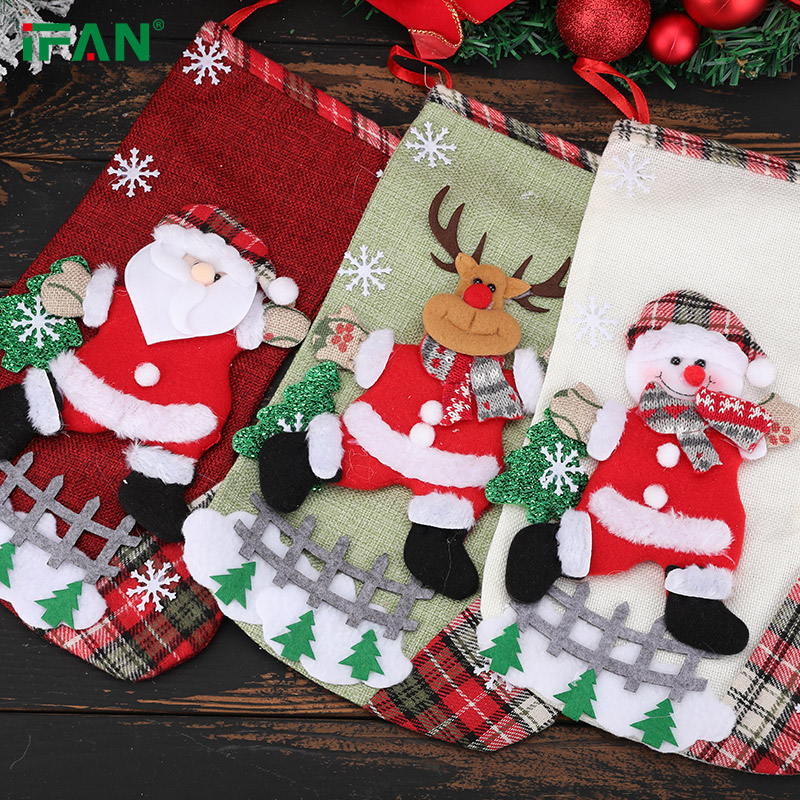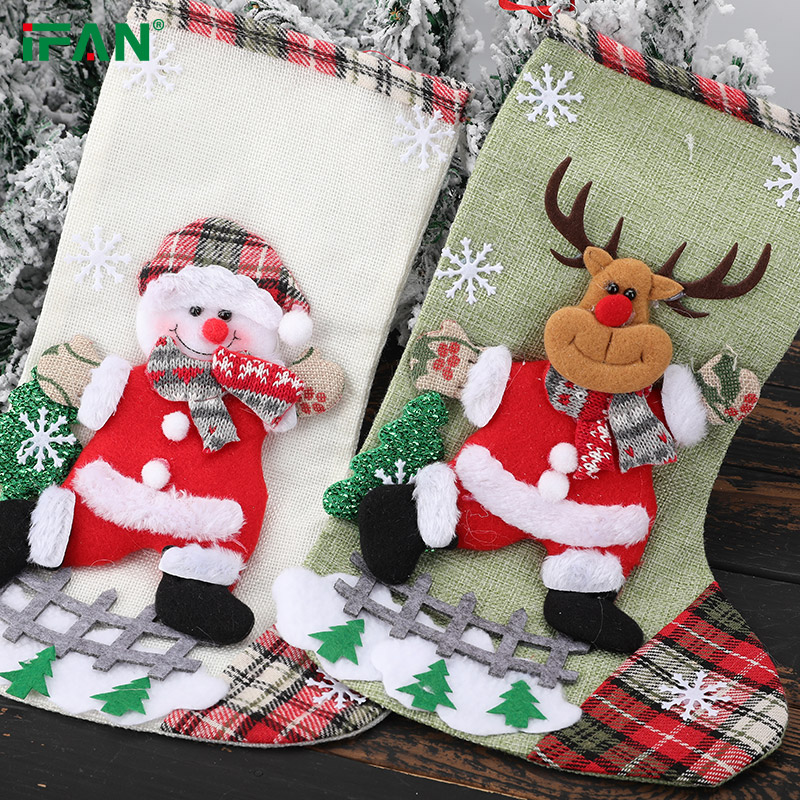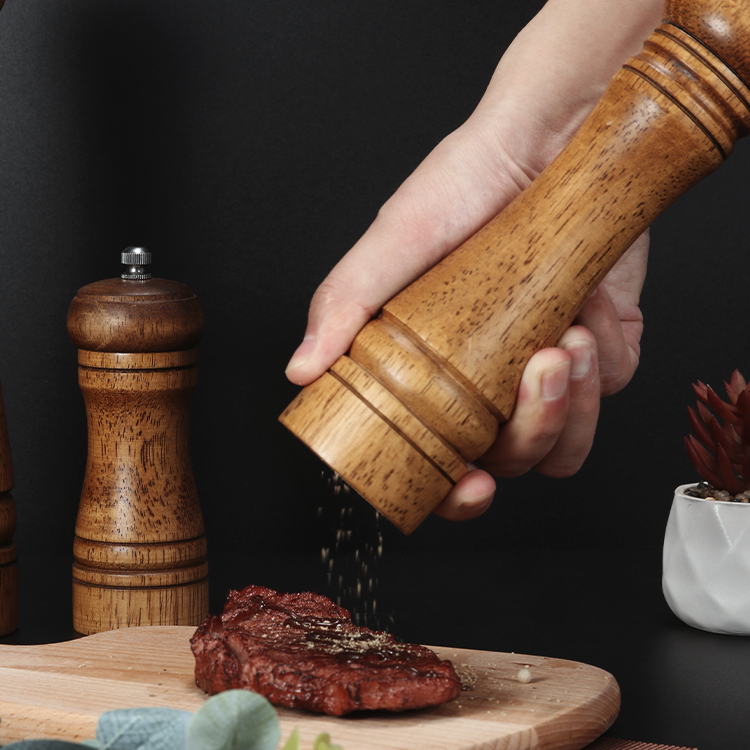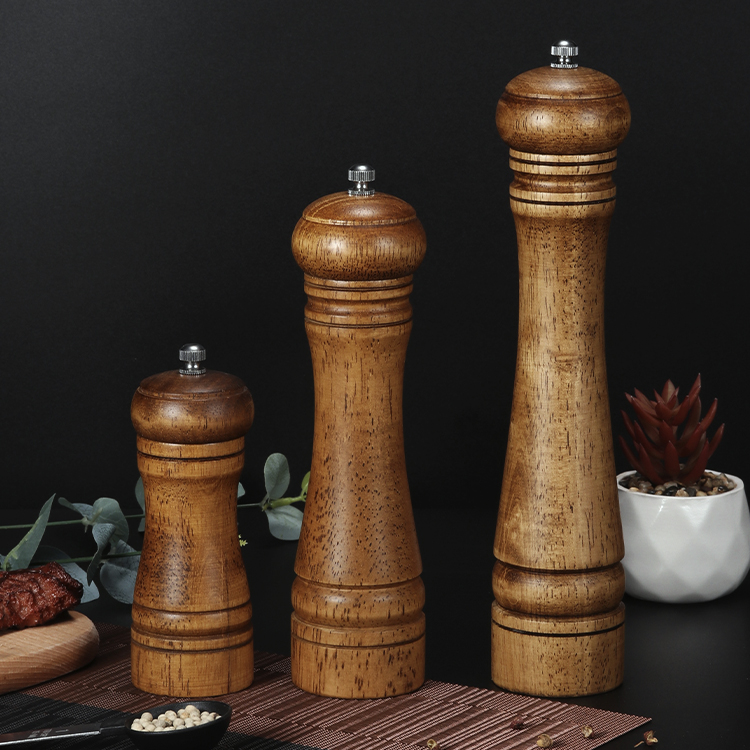Importance of a Quality Knife Set
A quality knife set is the cornerstone of any well-equipped kitchen. Whether you’re chopping vegetables, slicing meat, or mincing herbs, having the right knife for the job can make all the difference. A good set of knives can also help prevent accidents and injuries in the kitchen, as sharp knives are safer to use than dull ones.
Types of Knives
There are several types of knives that are commonly found in kitchen knife sets. Each type has its own unique shape and purpose, making it suitable for specific cutting tasks. Some of the most common types of knives include:
- Chef’s Knife: This versatile knife is a must-have in any kitchen. With its broad, curved blade, the chef’s knife is ideal for chopping, slicing, and dicing a wide variety of ingredients.
- Paring Knife: A paring knife is smaller than a chef’s knife and has a narrow blade. It’s perfect for peeling fruits and vegetables, trimming meat, and other precision cutting tasks.
- Serrated Bread Knife: As the name suggests, this knife is designed for slicing bread. Its serrated edge allows you to cut through crusty bread without crushing it.
- Utility Knife: A utility knife is a smaller version of a chef’s knife, making it suitable for tasks that require more precision, such as trimming meat or slicing cheese.
- Santoku Knife: Originating from Japan, the Santoku knife is similar to a chef’s knife but has a straighter edge and a more pronounced tip. It’s great for slicing, dicing, and mincing.
- Carving Knife: This long, thin knife is designed for slicing cooked meat, such as roast beef or turkey. Its sharp blade allows for thin, even slices.
What to Look For
When shopping for a kitchen knife set, there are several factors to consider to ensure you’re getting a quality product:
- Material: Look for knives made from high-quality materials, such as stainless steel or high-carbon steel, which are durable and resistant to rust and corrosion.
- Construction: Pay attention to how the knives are constructed. Full-tang knives, where the blade extends all the way through the handle, are generally more durable and well-balanced.
- Comfort: Consider the ergonomics of the knife handles. Look for handles that are comfortable to hold and provide a secure grip, especially if you’ll be using the knives for extended periods.
- Sharpness: Sharpness is crucial for effective cutting. Choose knives that come with a sharp edge out of the box, and look for sets that include a honing steel or sharpening stone for maintenance.
- Versatility: A good knife set should include a variety of knives to cover all your cutting needs, from chopping and slicing to peeling and carving.
Conclusion
A kitchen knife set is an essential investment for any home cook or professional chef. With the right set of knives, you can tackle any cutting task with precision and confidence. By choosing a quality knife set that meets your needs and preferences, you can enjoy years of efficient and enjoyable cooking in the kitchen.


